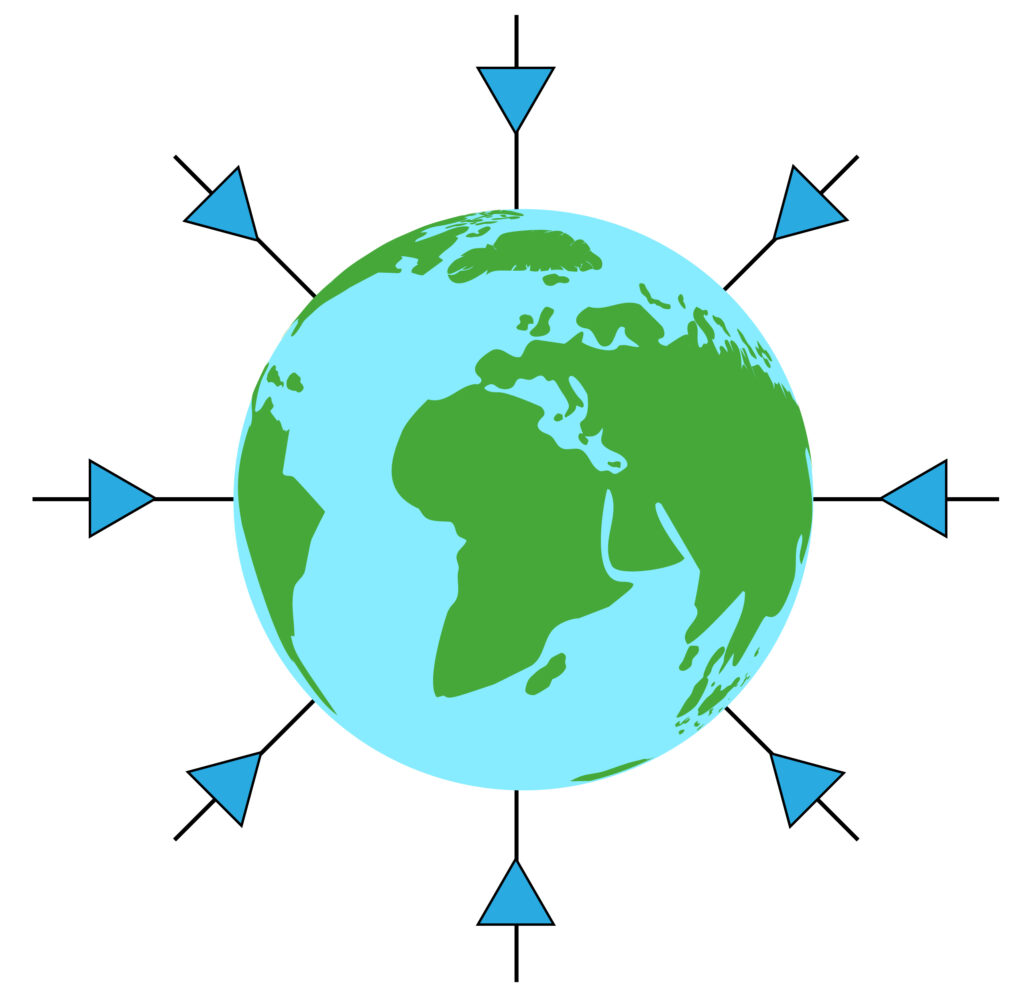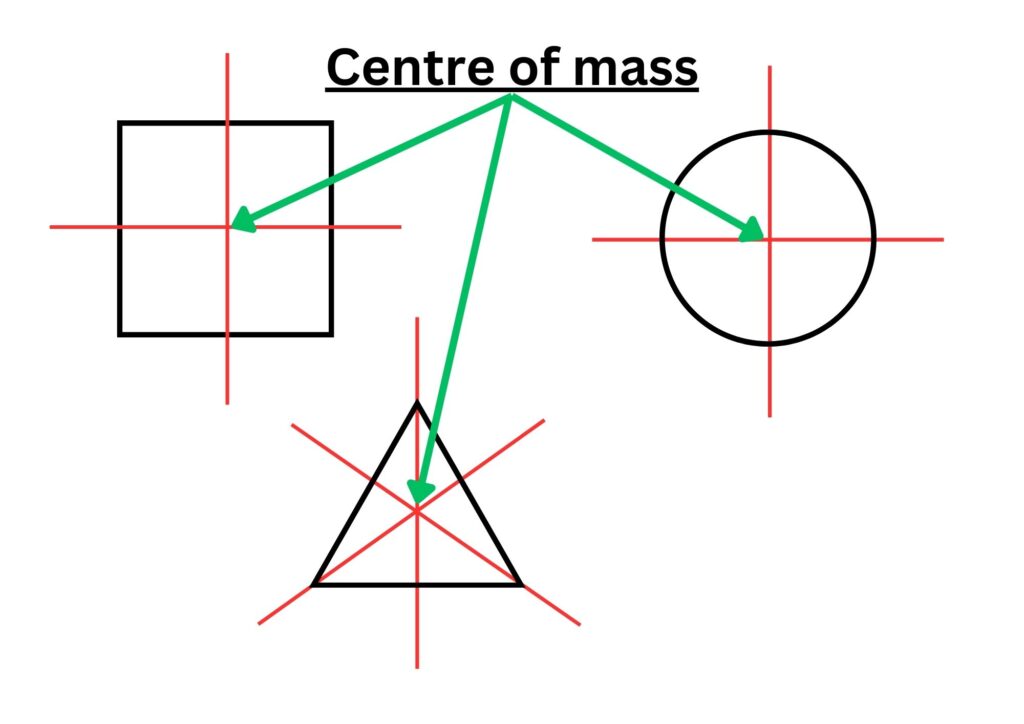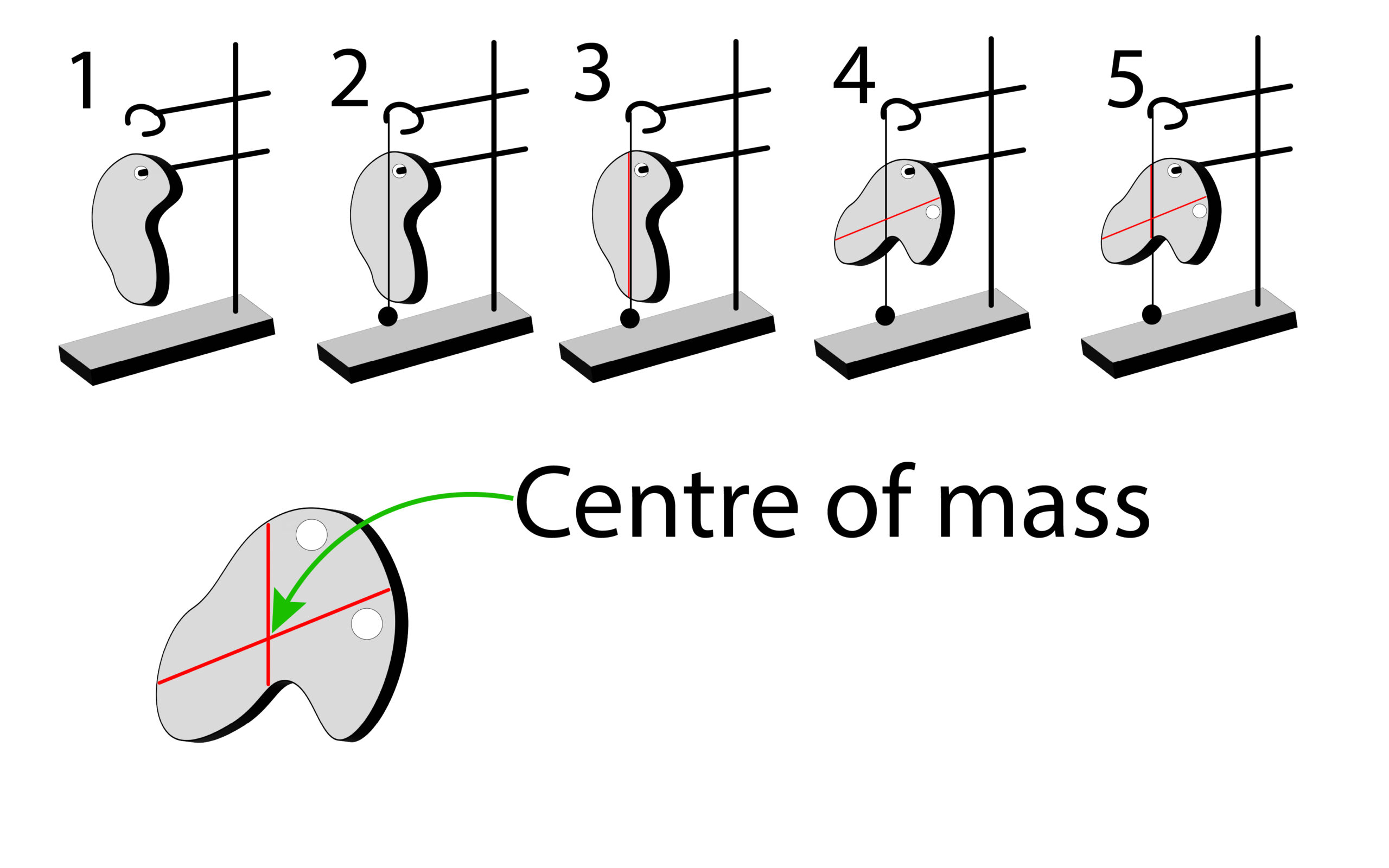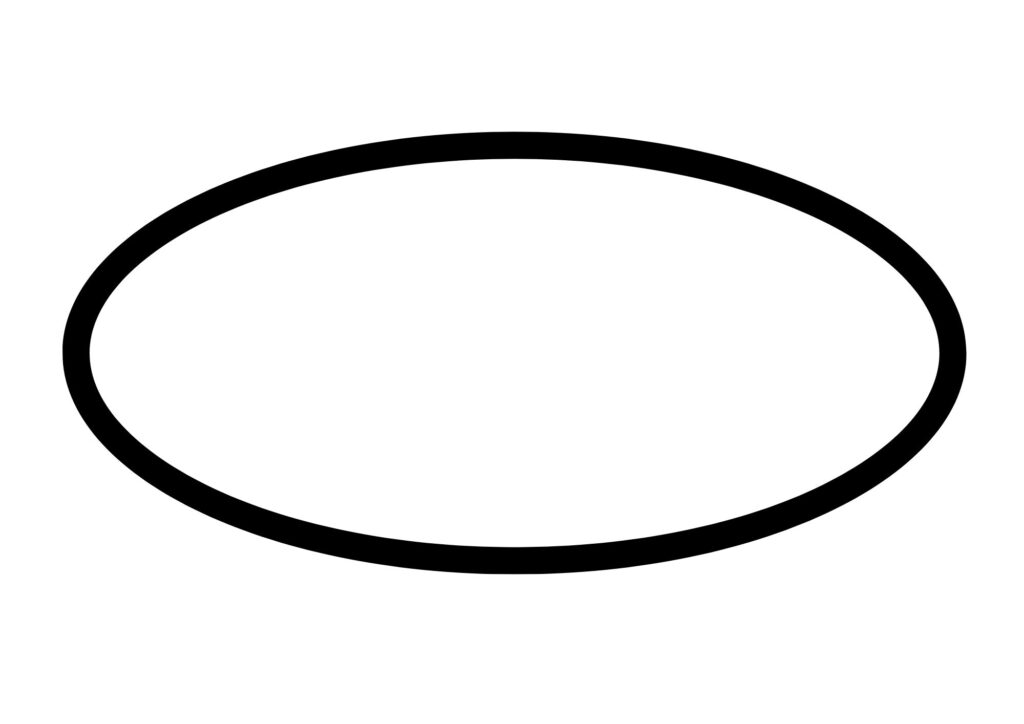AQA GCSE Gravity(Physics)
Gravity, Mass and Weight
Mass
Mass is the amount of matter in an object.
Mass is measured in kg.
Mass is not affected by gravitational field strength
Weight
Weight is the force acting on an object due to gravity.
Weight is measured in Newtons,N
Weight of an object is affected by gravitational field strength
Gravity
Every object that has mass has a gravitational field around itself. This means that the Earth has a gravitational field.

The lines represent lines of force, the arrows point inwards to show force of gravity acting towards the centre of the Earth. Where the lines are closer together, the gravitational field is stronger. This means that the gravitational field of the Earth is stronger closer to the Earth.
The weight of an object depends on the gravitational field strength at the point where the object is.
The stronger the gravitational field, the greater the weight. So, your weight is slightly greater nearer the surface of the Earth, compared to being further from Earth.
Also, if you go to the Moon, where gravitational field strength is 1/6th the value of Earth, then your weight will be 1/6th of its value on Earth!
Centre of Mass
Centre of mass is also known as centre of gravity.
Centre of mass is where the weight of an object may be considered to act at a single point.
Centre of mass can be based on:
1.Regular shapes
2.Irregular shapes
The centre of mass is where the weight force of an object will act in all cases. When drawing an arrow for weight, it should always be drawn from where the centre of mass is located for the object.
Centre of mass for regular shapes
If the object has a regular shape, then draw lines of symmetry onto the shape, where these lines cross is the centre of mass.
 Centre of mass for irregular shaped objects.
Centre of mass for irregular shaped objects.
This is more complicated, but here is a method that you can use.

1. Punch a small hole through an irregular shaped object. Then suspend the object from a rod, using the hole.
2. Attach a plumb line (piece of string with a weight on the end) to freely hang in front of the irregular shaped object.
3. Draw a line using a marker on the shape, where the plumb line is. On our diagram, you can see a faint red line next to the black plumb line.
4. Rotate the shape 90 degrees, punch another hole, suspend the object from the 2nd hole, then use another plumb line.
5. Again draw a line on the shape where the plumb line is. The shape will now have two lines drawn on it. Where these lines intersect (meet) is the centre of mass.
Practice Questions
1. Define the term mass
2. Define the term weight
3. On the diagram below, mark with an X where you would start to draw a force arrow for the weight force.

4. Define the term centre of mass
Absorption and Emission of EM Radiation
JJ Thomson and Plum pudding model
Ernest Rutherford and the Nuclear Model
Niels Bohr changing the Nuclear Model
Discovering the Proton and Neutron
Measuring radiation from radioactivity
Radiation types and properties
Random nature of radioactive decay
Radioactive contamination or irradiation
Hazards of contamination and irradiation
Studies on the effects of radiation on humans
Different half lives of radioactive isotopes
Nuclear Fission Chain Reaction
Writing nuclear fission equations
Drawing ray diagrams for a concave lens
Drawing Ray Diagram to produce a virtual image for a convex lens
Drawing ray diagram to produce a real image for a convex lens.
Specular and Diffuse Reflection
Seeing Coloured Objects Part 2
Viewing objects through coloured filters
Transparent, Translucent and Opaque